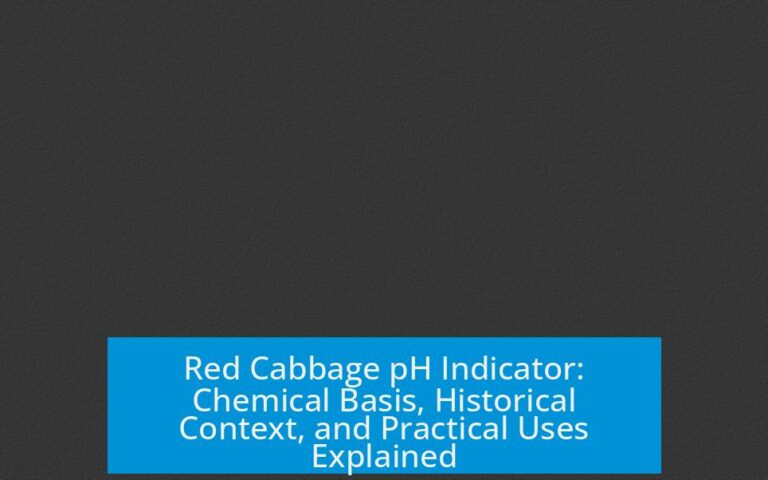Understanding “80% Selectivity” in Chemistry
“80% selectivity” refers to the preference of a chemical reaction to produce one product over another at an 80% proportion. It typically means that the reaction forms 80% of product A and 20% of product B, reflecting a 4:1 ratio.
Interpretation in Stereoselectivity
In stereoselective reactions, “80% selectivity” suggests that one stereoisomer or enantiomer forms predominantly. For example, if ent-A forms at 80% and ent-B at 20%, the enantiomeric ratio (er) is 4:1, and the enantiomeric excess (ee) is 60%. This means the reaction favors producing one stereoisomer over the other but does not achieve complete stereoselectivity.
Polymer Chemistry Perspective
Polymer chemists, whose fields may not emphasize stereoselectivity, often interpret “80% selectivity” similarly—as a measure of product distribution favoring one type over another by 80%. This view aligns with straightforward reporting systems showing the fractions of each enantiomer present.
Ambiguity in the Term “Selectivity”
“Selectivity” can be ambiguous. Sometimes, it means a direct percentage of one product formed, while other times it refers to enhancement relative to a non-selective or random distribution. In the latter case, 80% selectivity does not straightforwardly imply 80% product formation but rather an 80% improvement in favoring one product compared to a baseline. Calculations are then necessary to interpret exact ratios.
- 80% selectivity commonly equals an 80:20 product ratio.
- It corresponds to a 4:1 enantiomeric ratio in stereoselective chemistry.
- An 80% enantiomeric selectivity results in roughly 60% enantiomeric excess.
- Terminology may vary; “selectivity” could indicate improvement over random distribution.
- Clear communication is important to avoid confusion about what “80% selectivity” means.
What does “80% selectivity” mean in terms of product ratio?
“80% selectivity” means one product forms at 80%, the other at 20%. This corresponds to a 4:1 ratio between two enantiomers or isomers in a reaction.
How is “80% selectivity” related to stereoselectivity?
It refers to stereoselectivity when a reaction favors one stereoisomer over another, producing 80% of one and 20% of the other.
Could “80% selectivity” mean something different?
Yes, it might indicate an 80% improvement over random product distribution. You would need to calculate to find actual product ratios.
How would a polymer chemist interpret “80% selectivity”?
They often see it as a straightforward 4:1 ratio between two enantiomers, even if stereoselectivity is not their main focus.
Is “selectivity” always the best term to use for these ratios?
Not always. The term can be ambiguous and might require clarification or additional calculations to understand the exact meaning.





Leave a Comment